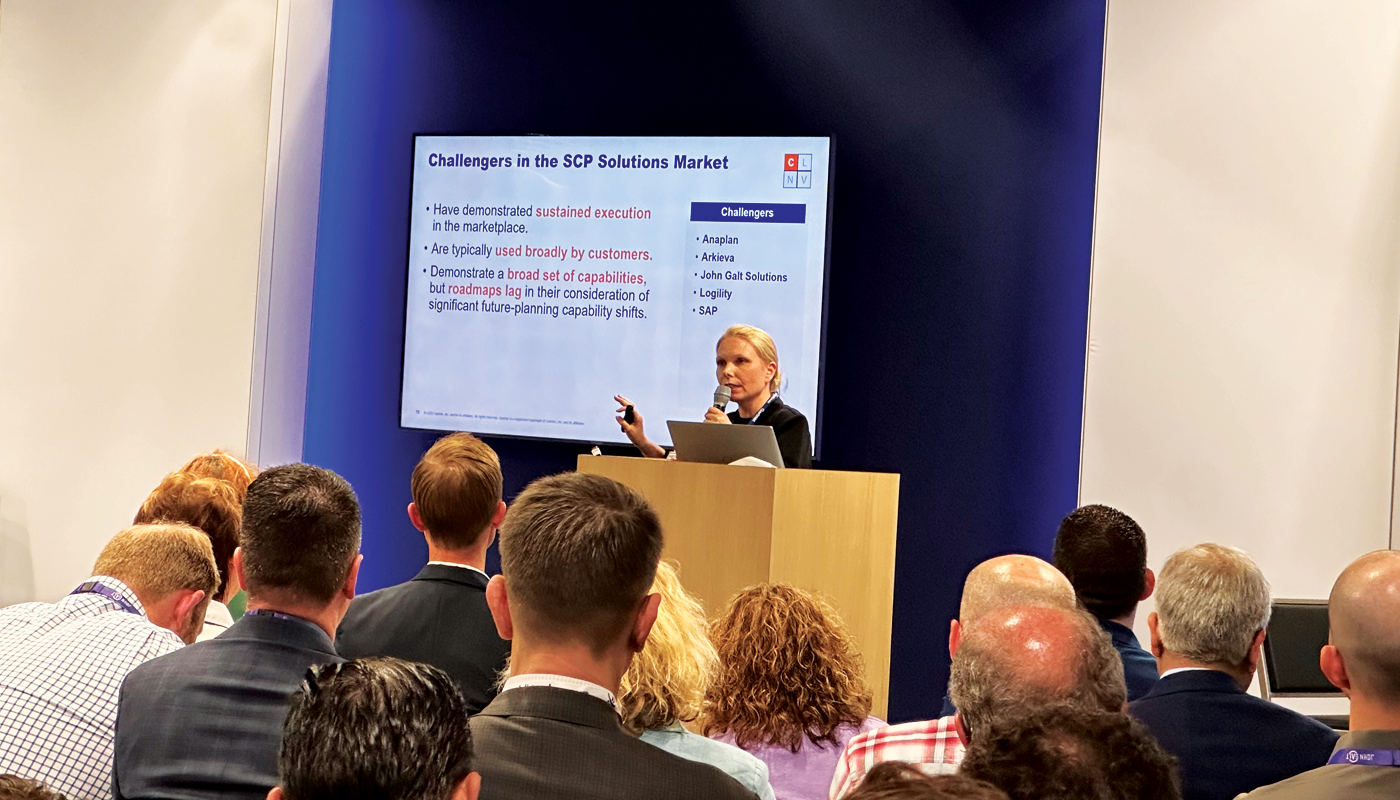Disruptions
Let’s talk about disruption. Supply chain disruptions such as labor shortages, wars, unstable suppliers and higher costs to borrow can have a more significant impact on smaller manufacturers than on Fortune 1000 companies. Smaller companies often have fewer resources and less flexibility than larger organizations. Disruptions can cause delays in the delivery of raw materials, components or finished goods. Additionally, smaller manufacturers may have fewer options for sourcing materials or finding alternative suppliers to mitigate the effect of “ripples in the force”. Making do with what you have is often the only option you have – and it is not always a good one.
The cascading impact of these disruptions results in business challenges such as:
- Increased costs: These costs can come from a variety of places ranging from rush shipping of items or materials to paying more from an alternative source to cover supply gaps to internal labor spent “firefighting” to solve the problem.
- Reduced visibility: It can be difficult for smaller manufacturers to have a clear view of the entire supply chain, making it harder to identify and respond to disruptions. This is especially true for organizations that rely on Excel to do the brunt of their forecasting.
- Increased lead times: Disruption can also lead to longer lead times for materials and goods, which can reduce the efficiency of operations and limit the ability of smaller manufacturers to respond to changes in demand.
- Reduced flexibility: Disruption limits the ability of smaller manufacturers to make changes to their operations, such as switching to alternative suppliers or changing production schedules.
Small manufacturers can use a variety of strategies to mitigate the impact of disruptions and minimize the risk of future disruptions. Some potential strategies include:
- Diversify the pool of prequalified suppliers: By sourcing materials and components from multiple suppliers, manufacturers can reduce their dependence on any single entity. They can also focus on building strong, long-term relationships with key suppliers, negotiating better terms and planning for disruptions. But this adds labor and complexity to the supply chain team – slowing the process and increasing costs.
- Build inventory: Holding a sufficient amount of inventory of raw materials, components and finished goods can help manufacturers continue operations in the event of a disruption. This requires a deep analysis of safety stock and an understanding of the true trade-off between stock and service. This can be difficult for smaller companies where there is often not enough cash flow to “plus-up” on inventory. The carrying cost of excess inventory reduces profitability and the ability to compete against the larger manufacturers that have greater pricing flexibility.
- Focus on agility: Smaller manufacturers often have leaner teams and faster decision-making abilities. They are better able to focus on being agile in their operations and decision-making and, as a result, can quickly adapt to changing circumstances in production, logistics, or supplier network. This may require some out-of-the-box thinking such as collaborating with other manufacturers in a region or industry to share resources and information, and building joint ventures with suppliers.
- Develop risk management plans: Having a well-defined risk management plan in place that identifies potential risks, outlines a response plan and assigns responsibilities can help manufacturers respond quickly and effectively when disruptions do occur.
The common thread that ties these actions together is technology. It bridges gaps and improves business operations. In fact, we are willing to bet that almost all your technology is focused on operations. There are ERPs, such as NetSuite, to keep the back-end and finances up and running and manufacturing software to keep production running. These packages keep the lights on and your product being produced. But are they providing strategic value? Are you being proactive in your planning or stuck with daily firefighting?
Introducing Arkieva+
This point is important because when we talk about disruption, it is better to solve it before it becomes a critical issue. Excel can only take you so far. To be able to sense demand and collaborate across functional groups to plan for disruption is far different than placing orders that meet a top-down forecast. Most freemium supply chain planning tools and/or Excel will give you a solid top-down forecast. But they cannot help you understand both the risk and hidden value that is buried in your supply chain. That is where advanced planning software such as Arkieva+ comes into view.
Arkieva+ was developed to meet the needs of smaller manufacturers (and CPG/distributors) who have big company ambitions but do not want to invest in an enterprise solution that will take months to implement and tie up limited IT resources. With our SaaS application, you choose the capabilities you need (demand, supply, inventory, S&OP, etc.), load your data and begin generating actionable forecasts in hours. It’s easy to use and will positively impact your business operations. Play out what-if scenarios, predict the impact of promotions or weather events on demand, and achieve service levels that were impossible to attain in the past. With Arkieva+, you will be better at your job, have happier suppliers, and your customers will get the product how and when they need it.







